Calcium for Paphiopedilum?
If you search the orchid literature for the question of whether orchids need calcium at all, you will only find a few answers on this topic. At best, one finds the indication that the "acidic" culture substrates such as peat and bark are to be enriched with carbonate of lime = CaCO3 before they are used as planting material in order to raise the pH value.
In recent media one can read that eggshells, limestone chunks or shell limestone can be used as a source of calcium in the plant material.
A large part of the paphiopediles grows directly on or on limestone rocks in their natural state. Niches between the limestone rocks where small amounts of organic material from leaves etc. have accumulated are often used. The places are often overgrown by mosses.
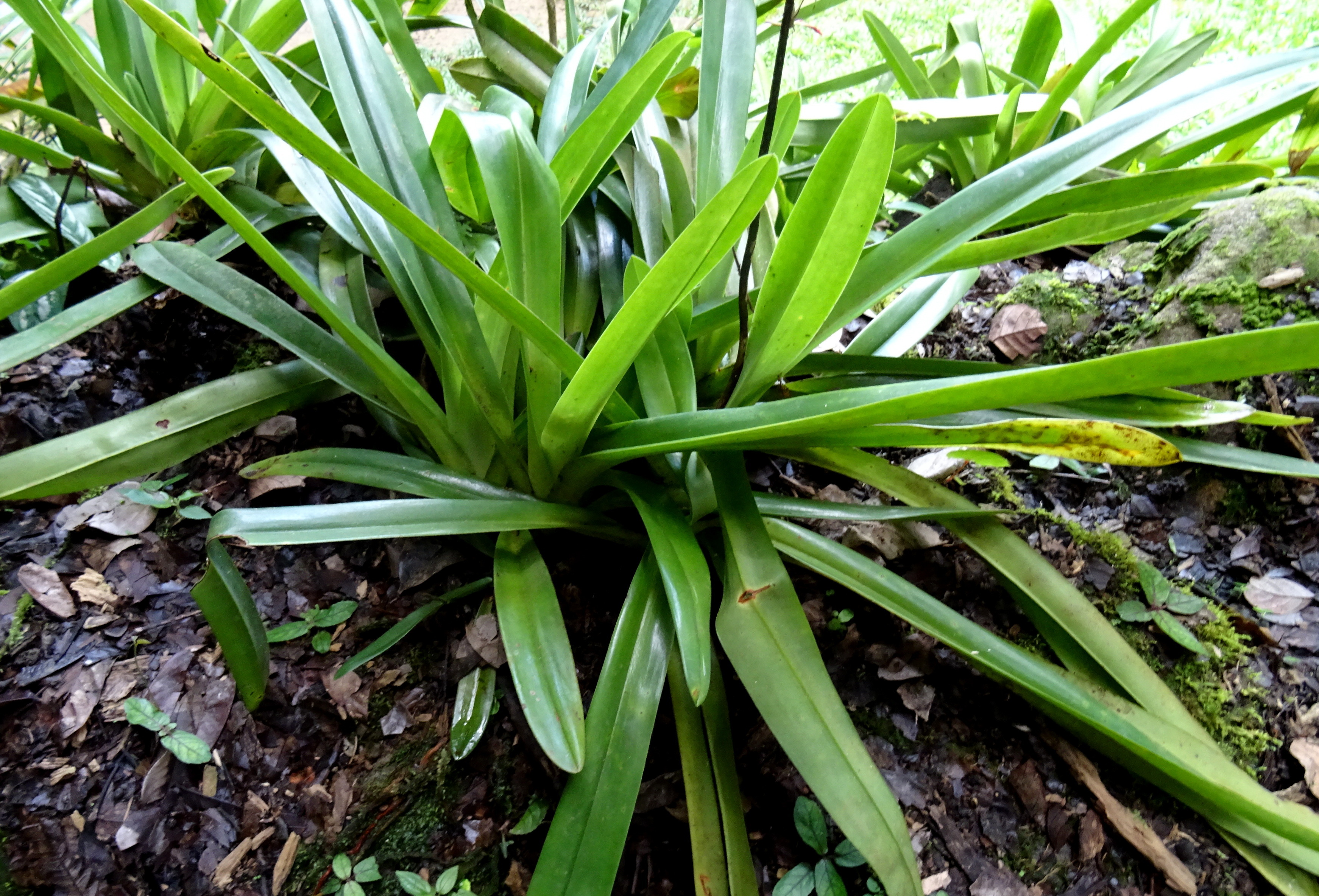
The daily rain washes fine dust particles from the limestone rock and thus also calcium carbonate and other organic components to the site of the lady's slipper. The pH value is neutralized in this way.
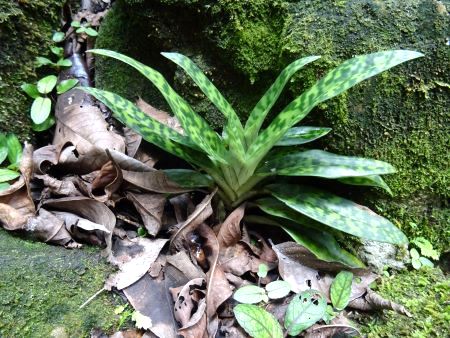
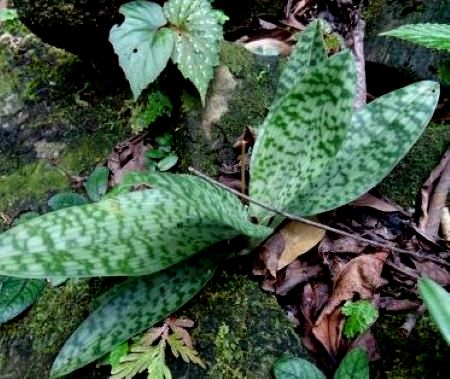
Soil samples from these locations mostly show a pH between 6 and 7 and mostly have higher values of calcium.
The ratios of the nutrient elements of analyzed paphiopediles from natural locations show a different ratio than that of the vast majority of fertilizers:
Nitrogen > Calcium > Magnesium > Potassium > Phosphorus > Sodium
These approximate values are found in seaweed, river algae and peat moss, right down to the trees and shrubs of the rainforest.
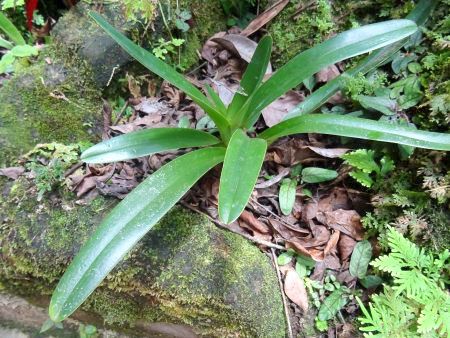
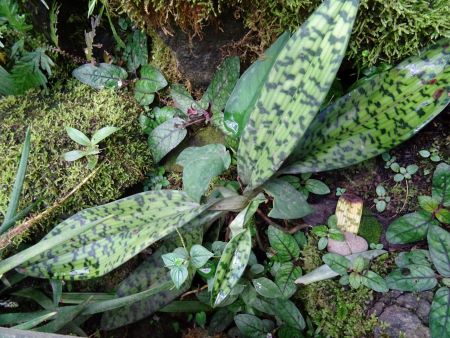
Modern plant breeding regards calcium as a vital nutrient. Calcium deficiency could be one of the main reasons for the loss of plants and paphiopedils.
The supply of calcium to plants often causes relatively great difficulties. One of the reasons is that commercial fertilizers usually do not contain calcium. This is because calcium combines with phosphate and sulfate in the fertilizer solution to form a salt that is difficult to dissolve and collects at the bottom of the solution and is therefore no longer available to the plants.
Calcareous tap water is often recommended as an alternative for supplying the plant with calcium. The calcium in tap water is bound as hydrogen carbonate and is therefore hardly accessible to the plant and cannot be used as a source of calcium.
When the tap water evaporates, a white-grey coating (also on the plant matter) remains, also known as scale.
So it is not a good idea to water the orchids with hard tap water. The roots literally "calcify" and are no longer able to absorb water and nutrients.
Another alternative for supplying the lady's slipper with calcium is often seen in the so-called "liming" of the substrate. However, it serves less to supply the plants with calcium than to adjust the pH value in the substrate.
If the pH value is too low and there is increasing acidification (at pH value < 5), root growth is inhibited, combined with unfavorable availability of nutrients. The result is poorer growth and flowering up to the total loss of the roots or the entire plant.
For this reason, substrates for Paphiopedilum are provided with about 5 grams of carbonate of lime (CaCO3) before use. Furthermore, a so-called maintenance liming should be carried out regularly every two to three months to keep the pH value in the substrate at approx. 5.5 to 6.5 to keep in the substrate. For this purpose, about 3 grams of calcium carbonate are sprinkled onto an 8 cm pot. After that, it should only be poured or, better still, sprayed carefully, so that the CaCO3 is easily slurried into the plant material. If you pour too hard and penetratingly, the lime will be washed out immediately.
The additives to the substrate mentioned at the beginning, such as egg shells, chunks of lime or shell lime, cannot provide the desired buffer effect for the plant material - the lime solubility of these additives is more likely to be in the range of years!
Calcium is easily soluble as calcium chloride or calcium nitrate - in this form, preferably as calcium nitrate, the plant can be supplied with sufficient calcium.
It is therefore advisable to regularly fertilize your Paphios with calcium nitrate (lime nitrate). In professional horticulture, calcinite from the company Yara is mainly used - which is used alternately with complete fertilizers. Calcinit contains 15.5% total nitrogen (including 14.4% nitric nitrogen and 1.1% ammonium nitrogen) and 26% calcium oxide. This formulation ensures a pH of just over 6.
Never mix calcinit with "normal" fertilizers - the calcium would bind with phosphate and precipitate as a source of calcium.
From a few paphs. is known to grow in rather acidic moss. For example, Paph. victoria-mariae grow in moss at pH 4.5. However, since we are getting fewer and fewer plants from nature and a large part of the lady's slipper from captive breeding has become accustomed to calcium in the nutrient medium, we can cultivate all Paphios as described here.
Conclusion:
An optimal supply of calcium to the Paphios ensures good root and plant growth with a good immune defense against bacteria and pests.
The substrate should be buffered with calcium carbonate powder every two to three months.
The plants should be watered every four weeks with 0.1 - 0.2 g Calcinit/litre to avoid calcium depletion.
With these cultural measures, the cultural weakness of some Paphio species can be significantly improved!


